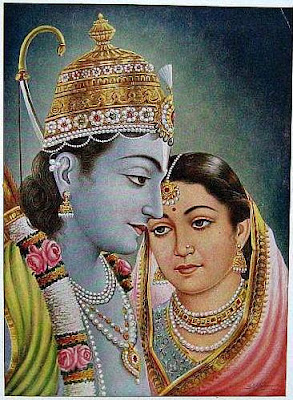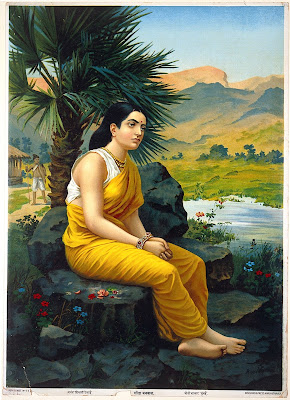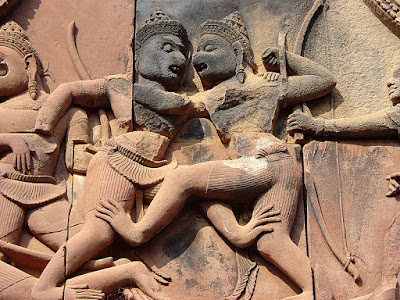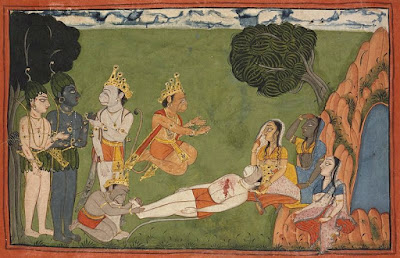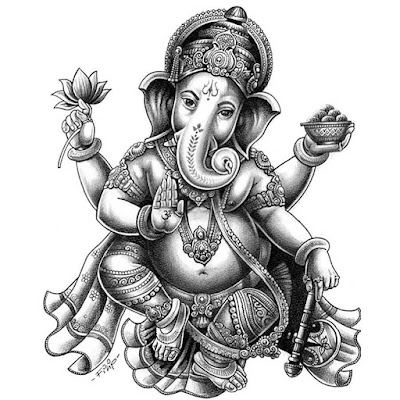Reading Notes: Mahabharata, Part B
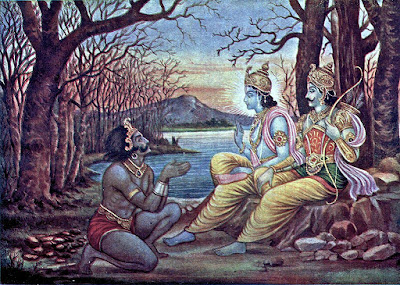
Maya showing gratefulness to Arjuna and Krishna. Source: Wikipedia . PDE Mahabharata: The Burning of the Forest Source. The Mahabharata, A Summary by John Mandeville Macfie (1921). Reading notes focused on character of Mayasura and Vidura. Mayasura - An article with more background information than the Mahabharata contains. Agni, the fire god, requested for Arjuna and Krishna to defeat the god, Indra. This is because everytime Agni would ignite a fire in the forest, Indra would cause heavy rain to extinguish the fire. After a great battle, Agni burned the Kandava forest with a fire, which killed most of the residing animals. Mayasura is one of the creatures that escaped the fire. He became incredibly grateful to Krishna from saving his life perishing flames. Because of this, Mayasura promised Arjun and Krishna to build a great palace, as he was the “divine architect of the gods.” Duryodhana grew jealous of the increasingly prosperous Pandavas. Mayasura eventually co



